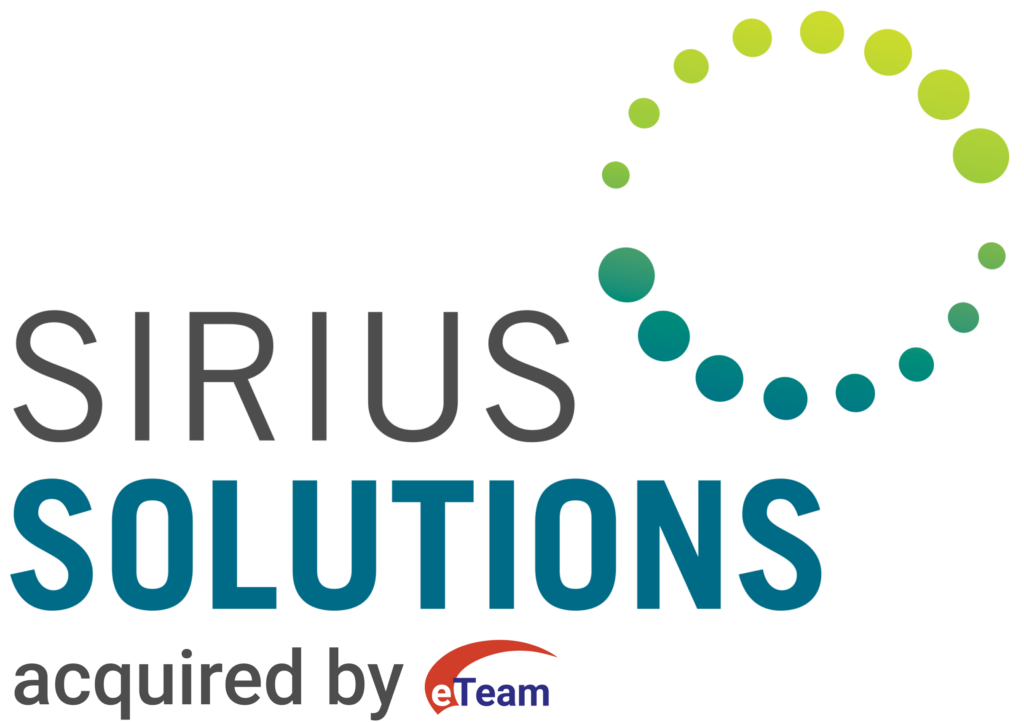Sirius Solutions understands people and workflows remain central to the design and implementation of financial automation.
ESG and Preparing for the Future
Environmental, social, and governance (ESG) goals are a necessary part of a company’s initiative toward sustainability and equality. ESG is gaining traction, with 91% of business leaders admitting that they think they are responsible for addressing ESG issues. These issues include carbon emissions, climate change, anti-corruption, water use, community development, and human rights.
Changes in behavior and society are driven by incentives that are primarily financial, and this is why sustainable finance is critical to tackling these issues. Companies can incentivize customers to make eco-friendly decisions and invest in companies that are on a journey toward Net-Zero (or are already there). This is all a part of their ESG framework, which tracks, plans, and reports on an organization’s actions.
ESG Measures and Strategy
Environmental, social, and governance (ESG) goals are a necessary part of a company’s initiative toward sustainability and equality. ESG is gaining traction, with 91% of business leaders admitting that they think they are responsible for addressing ESG issues. These issues include carbon emissions, climate change, anti-corruption, water use, community development, and human rights.
Changes in behavior and society are driven by incentives that are primarily financial, and this is why sustainable finance is critical to tackling these issues. Companies can incentivize customers to make eco-friendly decisions and invest in companies that are on a journey toward Net-Zero (or are already there). This is all a part of their ESG framework, which tracks, plans, and reports on an organization’s actions.
The Evolution and Benefits of Dashboards
Our data visualization tools help clients comprehend financial data for better business performance decisions.
How Data Marts Improve Business Performance
Enhance financial performance with Sirius Solutions’ custom-built data marts using a functional output model.
Business Strategy Annual Assessments
Start the new year by planning digital financial transformations to lead strategic change and streamline operations.
Reducing Operating Costs in Mid-Size Organizations
Streamline your accounts receivable with AI-based HighRadius’ integrated receivables software to efficiently reduce DSO and bad debt.
The Importance of Automating Order-to-Cash
Free up time to focus on higher value-added work by automating Order-to-Cash and accounts receivable processes.
Drive Business Value by Improving Your Finance Processes
Invest in technology to improve transactional finance and accounting teams, avoiding inefficiencies that lead to growth.
Insights Discovered in Digital Data
Use customer intelligence methods like cash forecasting and predictive modeling to drive insights and actions that improve operational efficiency.
